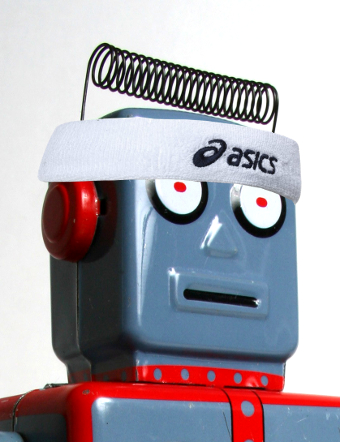CSIRO eyes robotic win
 CSIRO experts will soon compete in what is effectively the robot Olympics.
CSIRO experts will soon compete in what is effectively the robot Olympics.
Just eight teams from around the world have made it to the final round of the DARPA Subterranean Challenge.
The Challenge requires teams to push the boundaries of autonomous robotic technology to map, navigate and search environments.
Six autonomous robots outfitted and programmed by experts at CSIRO’s Data61 will need to locate and report back on items and environmental conditions throughout three underground courses built inside the Louisville Mega Cavern in Louisville, Kentucky.
Though based in Australia for the competition, CSIRO’s Australian team members will appear at the event via telepresence. US-based representatives and partners Emesent and Georgia Tech will be on the ground.
CSIRO group leader Dr Navinda Kottege said the team is thrilled to be one of the final eight teams to compete.
“In the world of robotics, these challenges are like our Olympics,” Dr Kottege said.
“To the best of our knowledge, this is the first time any Australian team has made it to a DARPA Challenge final, and we’re very proud to showcase Australia’s capabilities in this area on the world stage.”
The challenges are designed to simulate real-world scenarios and involve locating models representing lost or injured humans, backpacks, or phones, as well as variable conditions such as pockets of gas.
Points are awarded for correct identification and location of items, mapping the terrain, and maintaining autonomy and communications throughout.
Dr Farid Kendoul is CTO and co-founder of Emesent, a CSIRO spinout and DARPA Challenge partner that worked closely with CSIRO to develop two autonomous drones for the Challenge.
“Having a fleet of driving, walking and flying robots that are achieving complex missions autonomously and collaboratively is a major technological milestone and an important step towards using autonomous systems for saving lives and helping people,” Dr Kendoul said.
All robots are equipped with hardware designed and developed by CSIRO’s Data61, including integrated perception technology for highly-accurate mapping, localisation, object detection, multi-bot navigation, Bluetooth and Wi-Fi detection and more.
Australia’s tracked robots were purchased from local robotics company BIA5.
The winner will receive $US2 million to conduct further research and development, with second place awarded $US1 million and third $US500,000. CSIRO’s Data61 placed fourth in the previous challenge to secure their place in this grand final.








 Print
Print